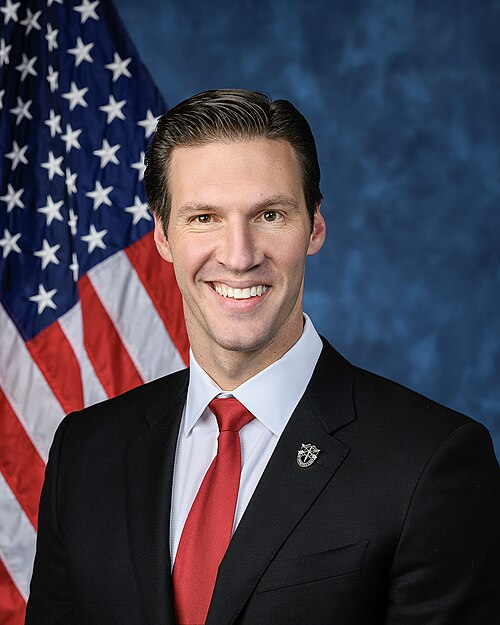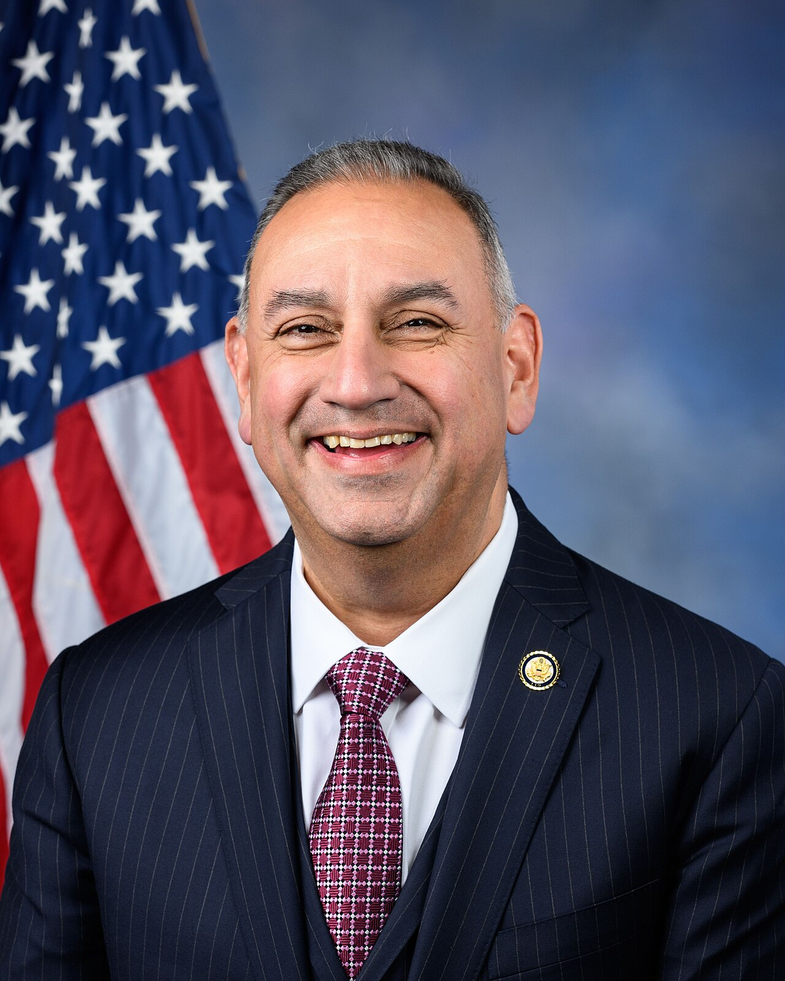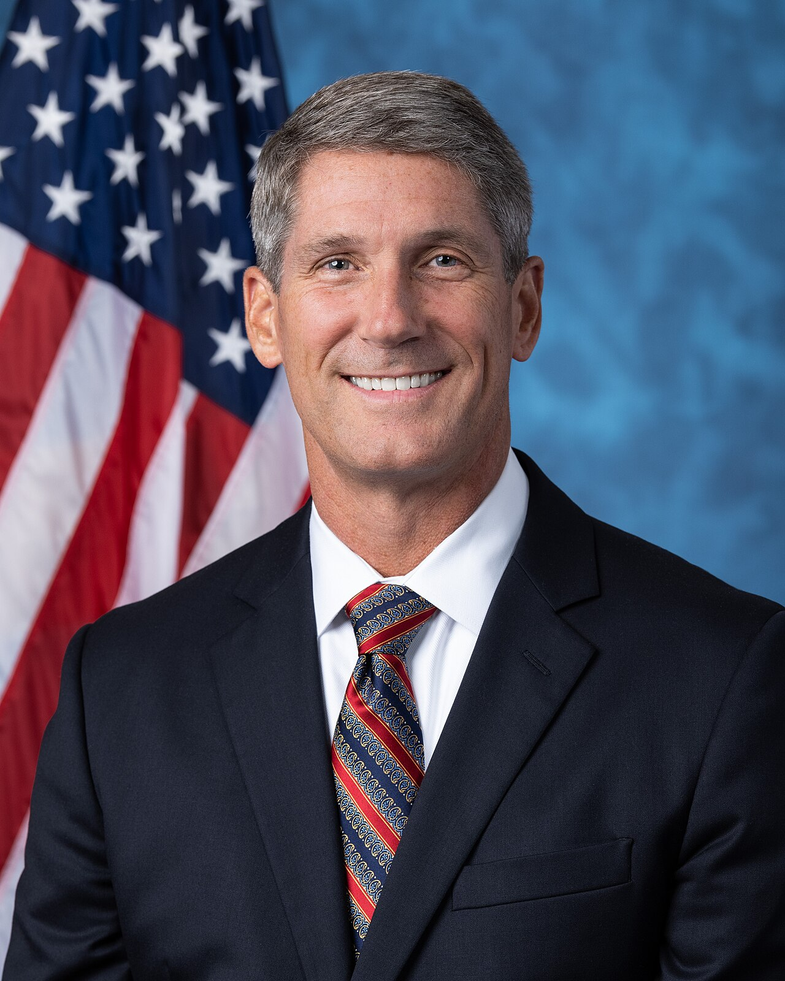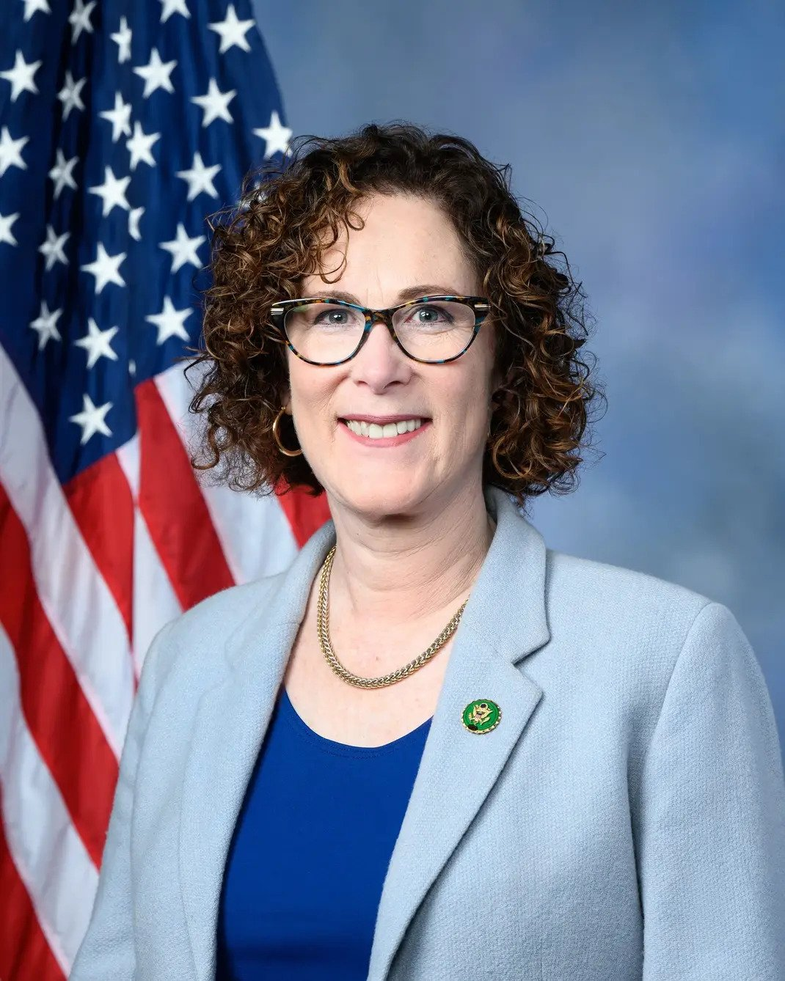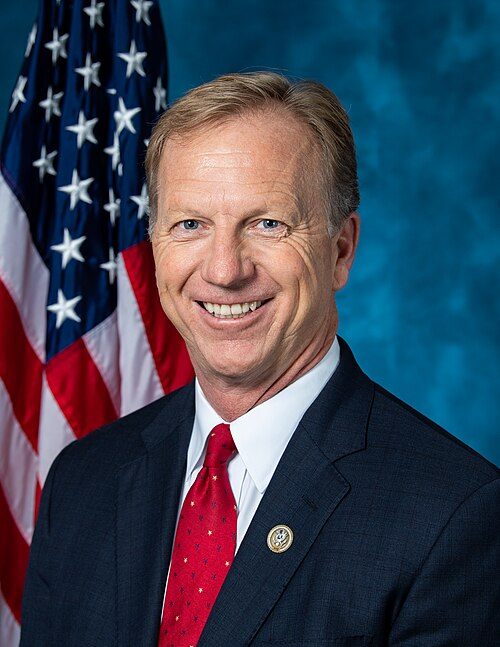H.R. 2646: Radar Gap Elimination Act
The Radar Gap Elimination Act aims to improve the weather radar systems used by the National Weather Service (NWS) in the United States. Here’s a breakdown of the main features of the bill:
Radar Next Program
The bill establishes a program called the Radar Next Program, managed by the Under Secretary of Commerce for Oceans and Atmosphere, in partnership with the NWS. The key activities of this program include:
- Developing Requirements: The program will create performance and coverage standards for the U.S. weather radar network.
- Collaboration: It will work with the broader weather enterprise to explore options for updating the radar network that meets the defined requirements.
- Planning: A comprehensive plan will be created to replace the existing weather radar system, known as the NEXRAD system.
Plan Development
The plan for replacing the NEXRAD system will focus on improving weather radar coverage and will include:
- Estimates of enhancements in coverage and accuracy from potential new systems.
- A proof-of-concept for a phased array radar to test specifications for the replacement.
- Implementing recommendations from recent reports aimed at creating a robust radar architecture.
- Establishing a testbed to evaluate commercial radar solutions and assist with smaller, localized radar technologies.
- Gathering insights from meteorologists, academia, and public safety officials about the radar replacement specifications.
- Identifying priority locations for deploying the new radar system, particularly areas that are underserved by current NEXRAD stations.
- Expectations for how the new radar system will improve weather-related forecasts and warnings.
The plan must be fully executed by September 30, 2040.
Radar-as-a-Service
The Under Secretary will also have the authority to partner with outside entities to fill in existing gaps in radar coverage. This may involve:
- Using diverse radars and technologies to enhance overall radar performance.
- Detecting severe weather and precipitation more effectively across wider areas.
Updates to Congress
Periodic updates are required to be provided to the relevant committees in Congress regarding the progress of the program and the implementation of the bill's provisions.
Relevant Companies
- NOAA (National Oceanic and Atmospheric Administration) - While a government entity and not publicly traded, NOAA's operations could be influenced by the implementations stemming from this legislation.
- LMT (Lockheed Martin) - This company often engages in contracts related to weather systems and radar technology, which could position them to benefit from partnerships under the Radar Next Program.
- RTRXY (Rohde & Schwarz) - A global leader in radar technology, potentially involved in providing solutions for the upgraded weather radar systems.
This is an AI-generated summary of the bill text. There may be mistakes.
Sponsors
4 bill sponsors
Actions
2 actions
| Date | Action |
|---|---|
| Apr. 03, 2025 | Introduced in House |
| Apr. 03, 2025 | Referred to the House Committee on Science, Space, and Technology. |
Corporate Lobbying
0 companies lobbying
None found.
* Note that there can be significant delays in lobbying disclosures, and our data may be incomplete.


